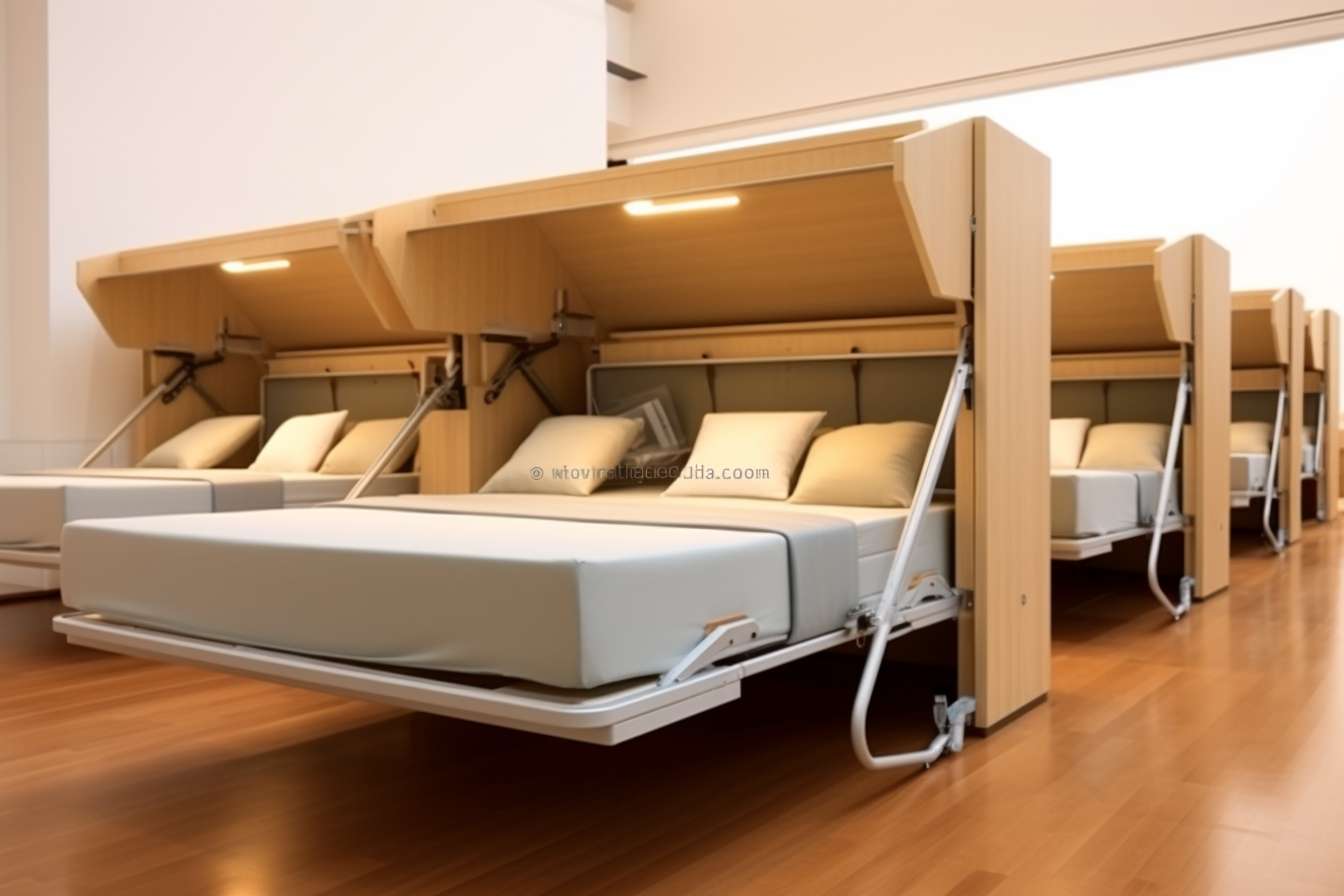Guidance on mattress placement and spine alignment
Proper mattress placement and attention to spine alignment can improve sleep quality and reduce discomfort. This article outlines practical considerations—layout choices, lighting, ventilation, acoustics, ergonomics, textiles, temperature control, accessibility, and organization—to help create a sleep space that supports spinal health and circadian rhythms.

Proper mattress placement and spine alignment are central to restful sleep and long-term comfort. Positioning the mattress within the room affects how easily you get in and out of bed, how you interact with light and noise, and how heat and airflow move around the sleeping surface. Thoughtful placement that accounts for layout, accessibility, and ergonomics reduces awkward movements and supports neutral spinal posture through the night. Consider the mattress orientation in relation to room entry, windows, and pathways so that mattress access and everyday movement are safe and convenient.
Layout and mattress position
When planning layout, aim for clear circulation zones around the mattress so you can move without twisting or reaching. Place the mattress so there is at least 60–90 cm (24–36 in) clearance on the primary side used for entry and exit, which improves accessibility and reduces bending that can strain the lower back. Align the mattress so your headboard supports vertical alignment relative to the wall and electricity outlets are reachable without stretching. Positioning the mattress away from direct drafts or heat sources helps maintain a consistent sleep microclimate that supports spinal relaxation.
Lighting and circadian considerations
Lighting near the mattress influences sleep onset and circadian rhythm. Keep bedside lighting at a level that allows safe movement without causing you to twist or contort when switching lights on or off. Use layered lighting—overhead for the room, task lighting for reading, and dimmable or low-blue light options at night—to support melatonin production and night-time spinal rest. Avoid placing bright lights or screens directly at head height, as reaching to adjust them can create repetitive neck strain.
Ventilation and temperature control
Airflow around the mattress affects comfort and muscle tension. Good ventilation reduces heat retention that can cause tossing or sweating, which leads to micro-awakenings and disrupted spinal recovery. Place the mattress where there is balanced airflow—near but not directly under strong vents or windows—to prevent drafts across the body. Maintain bedroom temperature in a range that supports deep sleep for you, as overheating can increase restlessness and neck or back discomfort.
Acoustics and accessibility
Noise triggers can interrupt sleep cycles and force repositioning that disturbs spinal alignment. Arrange the mattress to minimize exposure to street or household noise, using room placement, rugs, and soft textiles to absorb sound. Accessibility considerations—clear paths to bathrooms, switches, and storage—reduce the need for twisting or awkward movements during the night. Consider mattress height: a surface that is too low or too high can make transfers harder, potentially stressing hips and lower back.
Ergonomics and mattress selection
Ergonomics link directly to spine alignment. A mattress that supports natural spinal curvature without excessive sagging or firmness helps maintain neutral alignment in common sleeping positions. While mattress selection is a separate decision, placement matters: ensure the mattress sits flat and fully supported by the base to avoid uneven pressure points. Coordinate pillow height and support with mattress firmness to keep the neck aligned with the thoracic spine, and position pillows so turning and repositioning do not require abrupt spinal rotations.
Textiles, storage, and organization
Choose bedding textiles that facilitate movement and temperature regulation—breathable sheets and covers reduce friction that might impede comfortable repositioning. Organize bedside storage so essentials are reachable without bending or twisting; bedside shelves, drawers, or a small table should be within easy arm’s reach. Keep under-bed storage accessible only if it doesn’t interfere with mattress support or require awkward lifting. Clear organization around the mattress reduces the need for hazardous movements that could strain the spine.
This article is for informational purposes only and should not be considered medical advice. Please consult a qualified healthcare professional for personalized guidance and treatment.
In summary, mattress placement influences many factors that affect spinal alignment: room layout, lighting, ventilation, acoustics, ergonomic setup, textiles, temperature, accessibility, and organization. Prioritize clear access, stable support, and a sleep environment that aligns with your body’s needs and circadian patterns. Thoughtful arrangement combined with appropriate mattress and pillow support can reduce unnecessary spinal strain and contribute to more restorative sleep.





